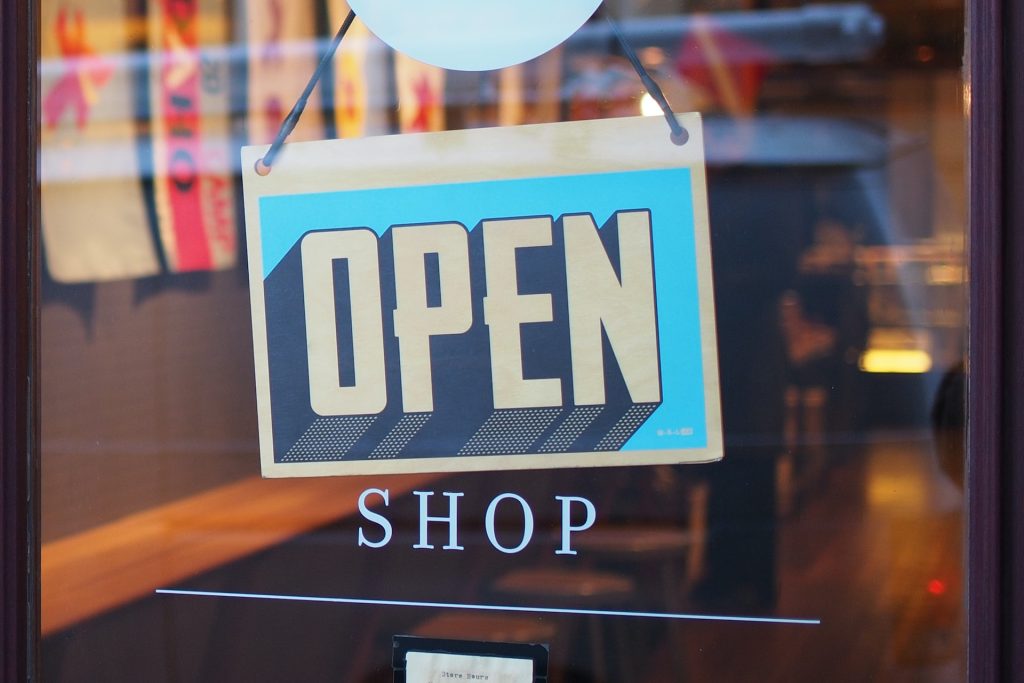In today’s fast-paced digital age, it seems like everything is moving online. From ordering groceries to booking vacations, the convenience of the internet has revolutionised how we live and consume. But what does this mean for traditional brick-and-mortar stores?

Online Businesses vs. Brick-and-Mortar Businesses
Nowadays, more and more online businesses are popping up and even traditionally brick-and-mortar locales seem to be going digital. For instance, we can look into the fashion industry. You no longer need to leave your home to go to a store to spend hours trying to find just the right outfit. With the power of the internet, you can easily view the entire stock of most mainstream stores and get it delivered to your doorstep.
Another great example would be the casino industry. Players can now find live casino games available to them with a few clicks. As such, they can experience casino games with a live host, making gameplay hyperrealistic. Plus, such platforms are typically also accessible on a phone’s browser, meaning it can be enjoyed both from home and on the go. This, of course, would not be possible without technology and the digitization trend.
Overall, with just a few clicks, consumers can have products delivered directly to their doorsteps as online businesses offer convenience and accessibility like never before.
However, let’s not dismiss the power of physical storefronts too quickly. Despite the increasing popularity of the digital world, brick-and-mortar stores possess an undeniable charm that has a lasting appeal. The tactile nature of these establishments provides a sensory experience that allows customers to physically interact with products or games.
Furthermore, human connection plays a vital role in brick-and-mortar businesses, interactions between staff members and customers foster relationships based on trust and loyalty. However, online customer service does provide efficient help online, plus it’s ideal for people who would rather avoid face-to-face interactions.
How Do They Compare?
Now that we have explored the characteristics of both online and brick-and-mortar stores, let’s delve into the age-old debate: Which one is better?
Well, perhaps it’s not about choosing one over the other; instead, it could be about embracing both options for different purposes. Need something urgently? Online shopping might not cut it when time is of the essence. However, for more specialised items or unique experiences such as trying on clothes or testing out electronics firsthand, nothing beats heading to a physical store.
Ultimately, both models have pros and cons that shape our modern business landscape and largely depend on personal preferences and circumstances at any given moment. As technology continually advances, we must adapt our strategies accordingly, while recognising the value each platform brings to consumers’ lives.

Overall, it’s clear that both business models have their advantages. The online sector offers convenience, a wide range of products, and competitive pricing. On the other hand, brick-and-mortar stores provide a tangible shopping experience, immediate gratification, and personalised customer service.
So it’s not about one model defeating the other but finding ways for them to coexist harmoniously in our ever-evolving retail landscape. We should celebrate this diversity by appreciating each business model for its unique strengths, and only then can we create a thriving ecosystem where both digital innovation and traditional storefronts continue to thrive side by side.









